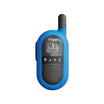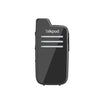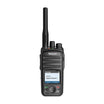
As we move deeper into 2024, the demand for efficient and reliable communication solutions continues to grow, especially in industries where coordination and response time are critical. Digital Mo...

DMR: The Backbone of Resilient First Responder Communications
In the demanding world of first responder operations, where natural disasters and catastrophic events frequently disrupt conventional telecommunication services, the need for a resilient communicat...

Revolutionizing Field Testing: The Criticality of DMR Tier 3 Radio Assessments
In the realm of Land Mobile Radio (LMR) protocols, Digital Mobile Radio (DMR) Tier 3 stands out for its rapid adoption across various sectors, including utilities, government agencies, and commerci...

In the realm of radio communication, the Individual Call stands out as a tailored, direct method of reaching out to a specific user. This blog post delves into the essence of Individua...

In the world of radio communications, the term 'ID' refers to an identity or numeric identifier that plays a crucial role in distinguishing one user or device from another. This blog post explores...

Group calls are an essential feature in two-way radio systems, allowing a single user to communicate with multiple members simultaneously. This blog explores the concept of group call, its signifi...

In the realm of digital communication, the term "full-duplex" signifies the capability of a system to transmit and receive data simultaneously. Imagine having a conversation over the p...

Frequency Deviation is a pivotal concept in the realm of Frequency Modulation (FM), defining the extent to which the frequency of an FM signal can vary from its nominal carrier frequency. It's the...
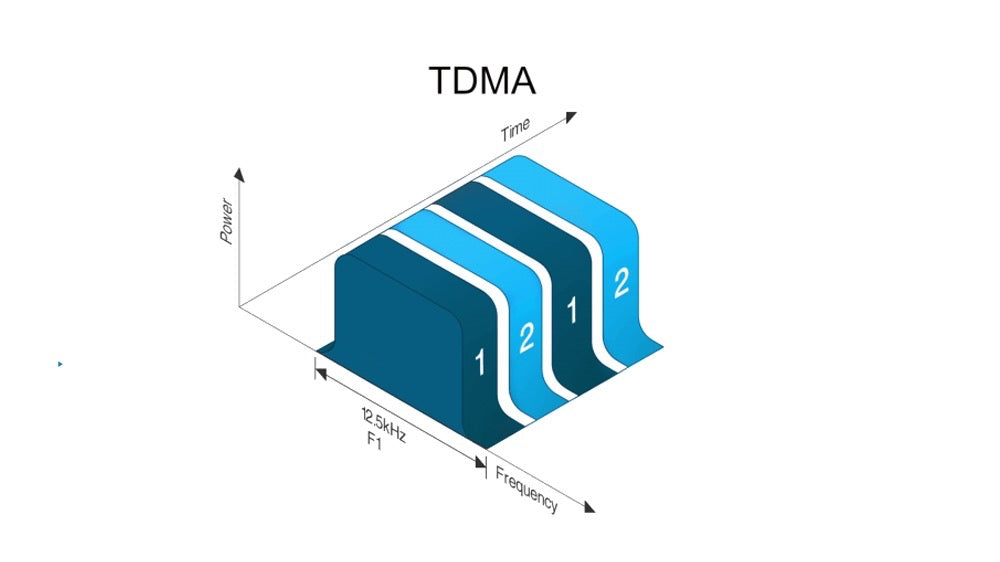
What Is Frequency Division Multiple Access
Frequency Deviation is a pivotal concept in the realm of Frequency Modulation (FM), defining the extent to which the frequency of an FM signal can vary from its nominal carrier frequency. It's the...

What Is Forward Error Correction
In the realm of digital communications, ensuring the accurate transmission of data is paramount. One innovative technique that significantly boosts the reliability of data transmission is Forward ...

What Is Dual Tone Multiple Frequency (DTMF)
Navigating the World of Dual Tone Multiple Frequency (DTMF) Signaling Dual Tone Multiple Frequency (DTMF) signaling is a cornerstone of modern telecommunication systems, bridging the g...
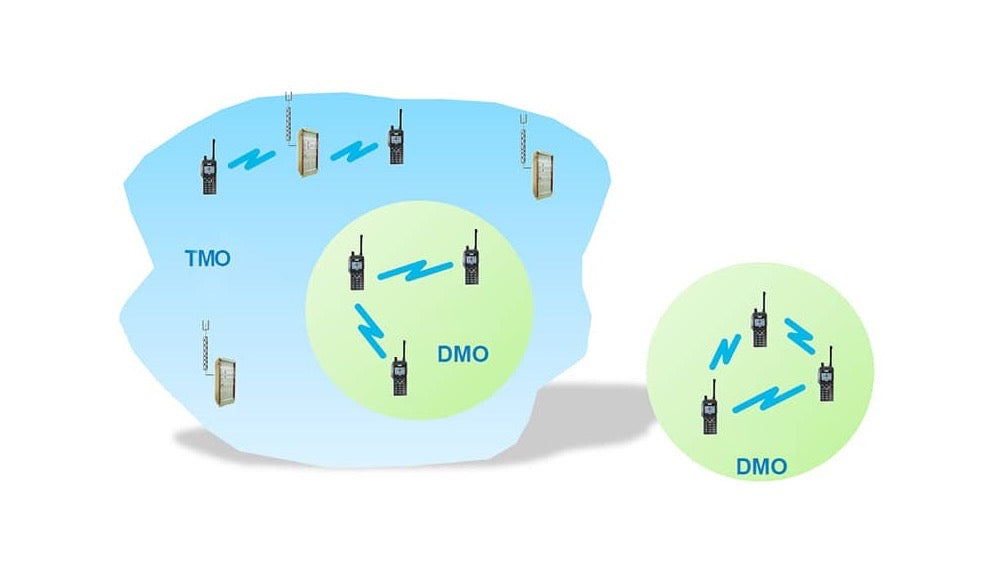
What is Direct Mode Operation (DMO)?
Direct Mode Operation (DMO) is a feature of two-way radio communications systems that enables radios to communicate directly with each other without relying on network infrastructure like repeater...

What is a Digital Signal Processor (DSP)?
A Digital Signal Processor (DSP) is a specialized microprocessor designed with a focus on the manipulation of digital signals. This powerful technology is integral in converting various types of d...
Everything you need to know about VOX when used with a Two-Way Radio
Digital Radios, particularly those conforming to the Digital Mobile Radio (DMR) standard, have revolutionized how we communicate, providing clearer audio, enhanced security, and a wealth of featur...

Exploring the World of DMR Digital Mobile Radio
The digital mobile radio (DMR) is a standard defined by the European Telecommunications Standards Institute (ETSI) for professional mobile radio (PMR) users. It is an open digital radio standard t...
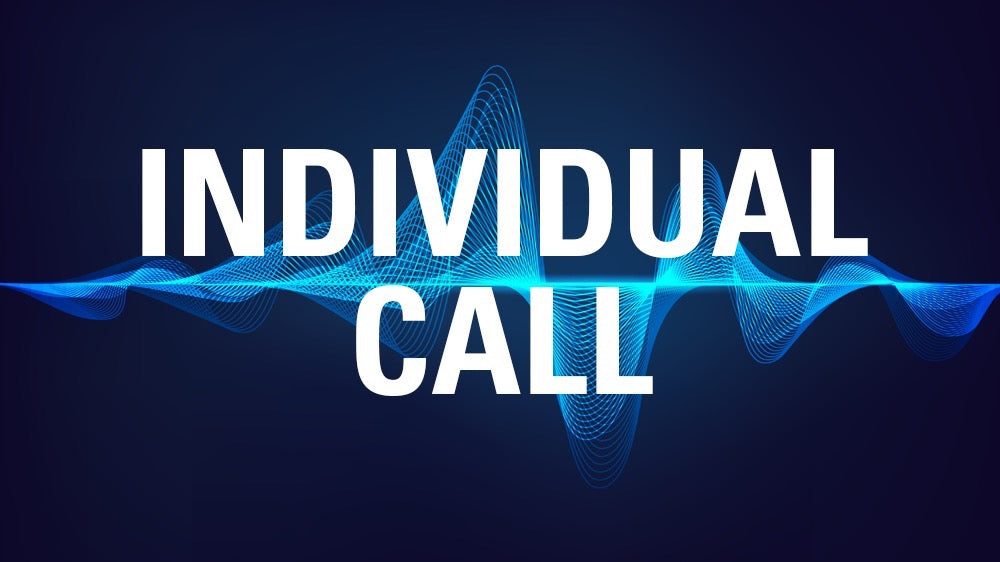
Decoding Individual Calls in Two-Way Radio Systems
What is an Individual Call? An Individual Call in the realm of two-way radio communication is a feature that facilitates a private, point-to-point connection between two parties. This can be betwe...

Understanding Group Call in Two-Way Radio Communications
What is a Group Call? In the realm of two-way radio communications, a Group Call is a method that enables voice communications from one individual to many members within a predefined group or team...

Why You Need an FCC License for Your Two-Way Radio System
Operating a two-way radio system isn't just about purchasing the equipment and starting your communications; it requires legal clearance to ensure your system operates smoothly and without interfe...
Enhancing Hospitality Services with Digital Radios
In the fast-paced hospitality industry, seamless communication is crucial for providing guests with the high-quality service they expect. Here's how digital radios are revolutionizing guest servic...
K-12 Education: Navigating Challenges with Digital Radios
The safety and security of students and staff are paramount in the K-12 education system. However, schools across the U.S. face significant challenges that threaten this safety and disrupt the lea...
Boosting Manufacturing Efficiency and Safety with Digital Radios
In today's fast-paced manufacturing sector, staying connected and maintaining efficient operations is more critical than ever. Recent statistics highlight some of the challenges faced by the indus...
Why DMR digital migration is essential to your business
Licensed, professional two-way radios have revolutionized communications for decades and continue to empower millions of people today. From schools to seaports, construction sites to convention hal...
What is the relative advantages and disadvantages of DMR technology.
DMR• Similar data throughput P25 Phase 2– 9600 bps (symbol rate of 4800 symbols/sec) – 2-slot TDMA • 4FSK Modulation– No need for linear transmitters› Cost and size about same as analog FM transmit...
Why Emergency Response Industry Benefits from DMR Radio Solutions
The most emergency services mostly use the dedicated TETRA network, although some fire brigades have looked to DMR, as for a start they tend to use VHF which is not offered in TETRA. In this area D...








